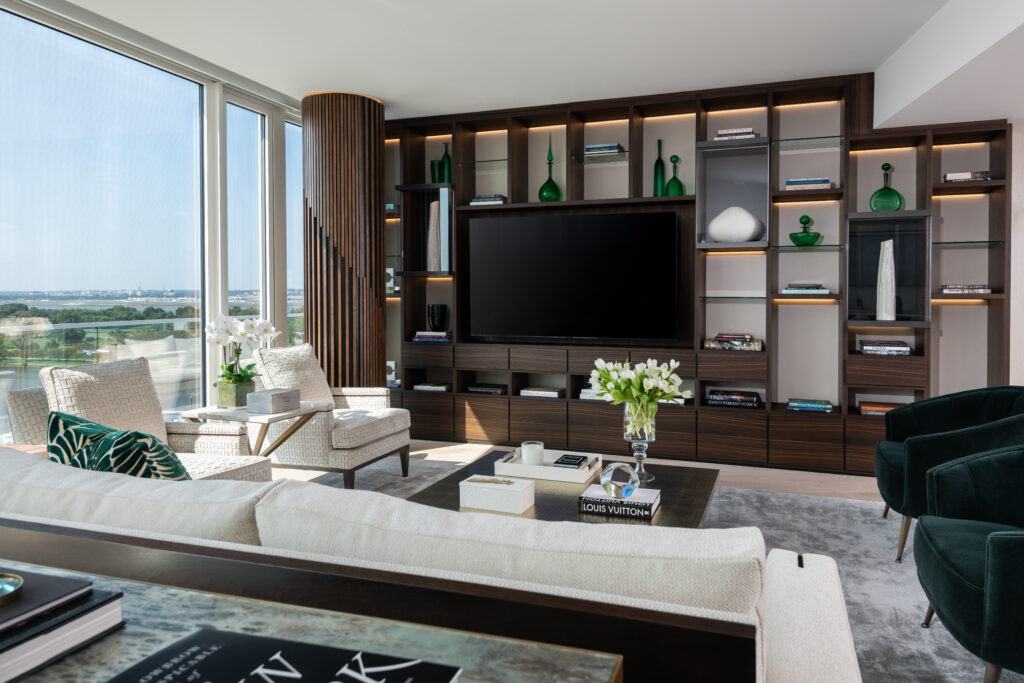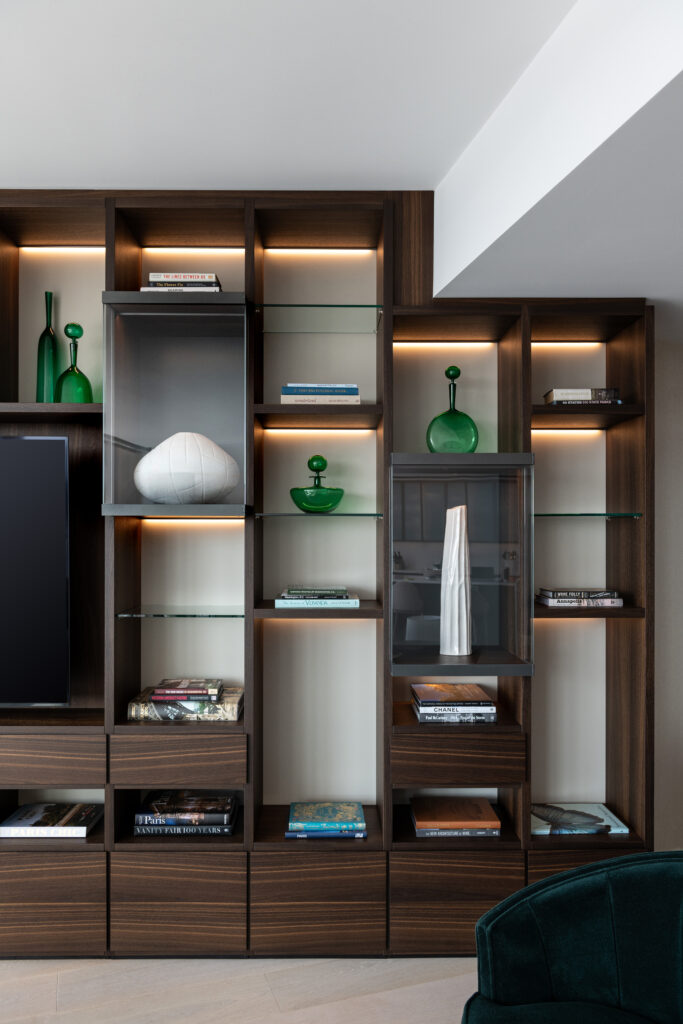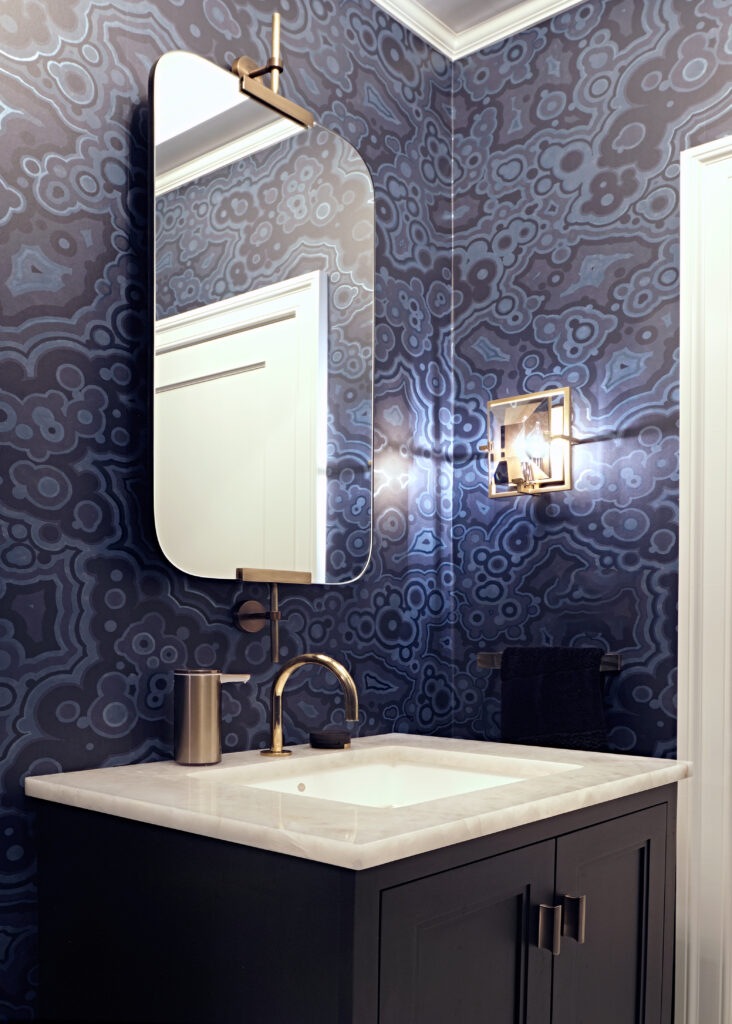When designing a space, we often focus on furniture, color schemes, and décor, but one element that truly defines the mood and functionality of any room is lighting. As an interior designer, I’ve seen firsthand how the right lighting can transform a space, making it feel warm, inviting, and functional. Today, I’m sharing some professional tips to help you illuminate your space like a pro.
Understand the Three Layers of Lighting
To create a well-lit room, it’s essential to use a combination of the three main types of lighting:
- Ambient Lighting: This is the general lighting that fills the room. It often comes from overhead fixtures like chandeliers, recessed lighting, or ceiling-mounted fixtures. Ambient lighting provides overall illumination and sets the tone for the room.
- Task Lighting: As the name suggests, task lighting is focused on specific activities. Think of desk lamps for reading, under-cabinet lighting in the kitchen for food prep, or vanity lights in the bathroom. This type of lighting ensures you have enough light to comfortably and efficiently perform tasks.
- Accent Lighting: Accent lighting adds drama and highlights specific elements within a room, like artwork, architectural details, or plants. Use wall sconces, track lighting, or spotlights to draw attention to these features and add depth to your space.
Consider the Function of Each Space
The way you light a space should align with how you intend to use it. A living room where you entertain guests may benefit from a mix of ambient lighting and soft accent lights to create a warm, welcoming atmosphere. In contrast, a home office needs strong task lighting to keep you focused and productive.
Layer Your Lighting
Don’t rely on just one type of light source. A combination of overhead lighting, lamps, and natural light will give your space dimension and flexibility. By layering your lighting, you can adjust the mood and functionality of the room to suit different times of day and activities.
Choose the Right Bulbs
The type of bulb you choose can have a significant impact on the feel of a room. Here are a few key points to consider:
- Color Temperature: Bulbs come in different color temperatures, ranging from warm (yellowish) to cool (bluish) tones. Warm light (2700K-3000K) is ideal for living rooms and bedrooms, creating a cozy atmosphere. Cooler light (3500K-5000K) works well in kitchens, bathrooms, and workspaces where bright, clear light is needed.
- Brightness: Measure brightness in lumens, not watts. A higher lumen count means a brighter light. For example, a reading nook may need a brighter light (around 450 lumens) compared to a bedside lamp (around 200 lumens).
- Energy Efficiency: Consider using LED bulbs. They last longer, consume less energy, and are available in various brightness levels and color temperatures.
Maximize Natural Light
Natural light is the most beautiful and flattering light source. To maximize it, use light-colored window treatments that allow light to filter in without sacrificing privacy. Position mirrors strategically to reflect light and make the room feel brighter and more spacious.
Use Dimmers for Flexibility
Installing dimmer switches is a simple way to control the intensity of your lighting and change the ambiance as needed. Dimmers allow you to go from bright task lighting to soft, mood lighting with just a turn of the dial. They’re perfect for dining rooms, living rooms, and bedrooms where versatility is key.
Pay Attention to Light Placement
Where you place your lighting fixtures is just as important as the fixtures themselves. Consider the height of pendant lights over a dining table, the angle of task lighting on a kitchen counter, or the balance of light sources around a living room. The goal is to create an even distribution of light without harsh shadows or overly bright spots.
Don’t Forget About the Outdoors
Outdoor lighting is just as crucial as indoor lighting, especially for creating curb appeal and ensuring safety. Use a mix of wall-mounted lights, pathway lighting, and landscape spotlights to enhance your home’s exterior and extend your living space outdoors.
Experiment and Adjust
Lighting design isn’t one-size-fits-all. Don’t be afraid to experiment with different fixtures, bulb types, and placements until you find what works best for your space. Sometimes a small adjustment, like changing the height of a lamp or switching to a softer bulb, can make a big difference.
Good lighting is the secret ingredient that can elevate your home from ordinary to extraordinary. By understanding the different types of lighting and how to use them effectively, you can create a space that’s not only functional but also beautiful and inviting. Remember, lighting should enhance your design, not overshadow it, so take the time to plan and implement a lighting scheme that truly shines.
Happy illuminating!


Main Pages
Recent Blogs
Blog Categories
Learn More About Libby Langdon

Newsletter Signup
Libby in the News
Latest News about Libby Lagdon


